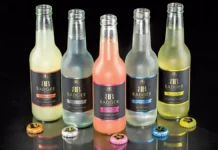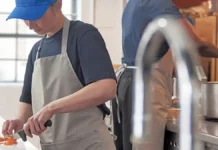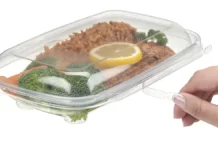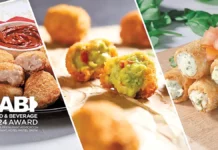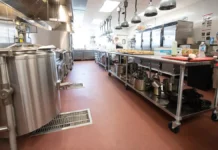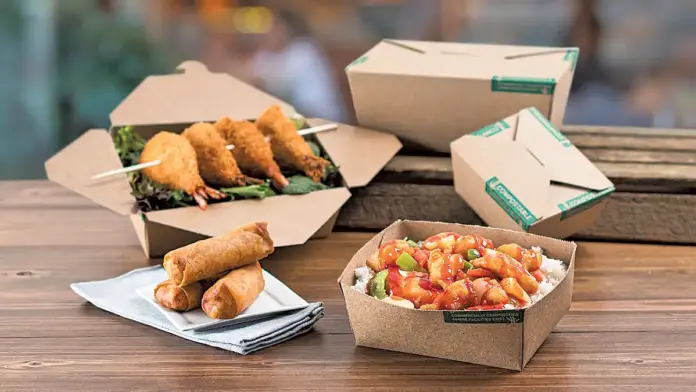
Article contributed by Inno-Pak
Looking for tips on how to get the most out of your packaging? Then look no further.
Inno-Pak, the innovative packaging manufacturer, recently released its 2023 Trends In Packaging (TIP). The TIP series forecasts the coming trends in food-related packaging.
This year, Inno-Pak explored the sustainability, graphic design, and structural design trends to expect in 2023 as brands try to stand out from one another.
Below is an excerpt from Inno-Pak’s forecasted sustainability trends. Other parts of the series talk about trends in graphic design and structure and function.
Table of Contents
Getting Away from Plastic
One of the biggest trends in packaging will be brands switching from plastic packaging products.
Customers are wary of the impact plastic packaging has on the environment and are starting to read about and hear about the challenges involved with recycling plastic food packaging.
As consumers grow more environmentally conscious, they’ll want to see their favorite products come in environmentally friendly food packaging.
For many consumers, that environmentally friendly food packaging will be paper.
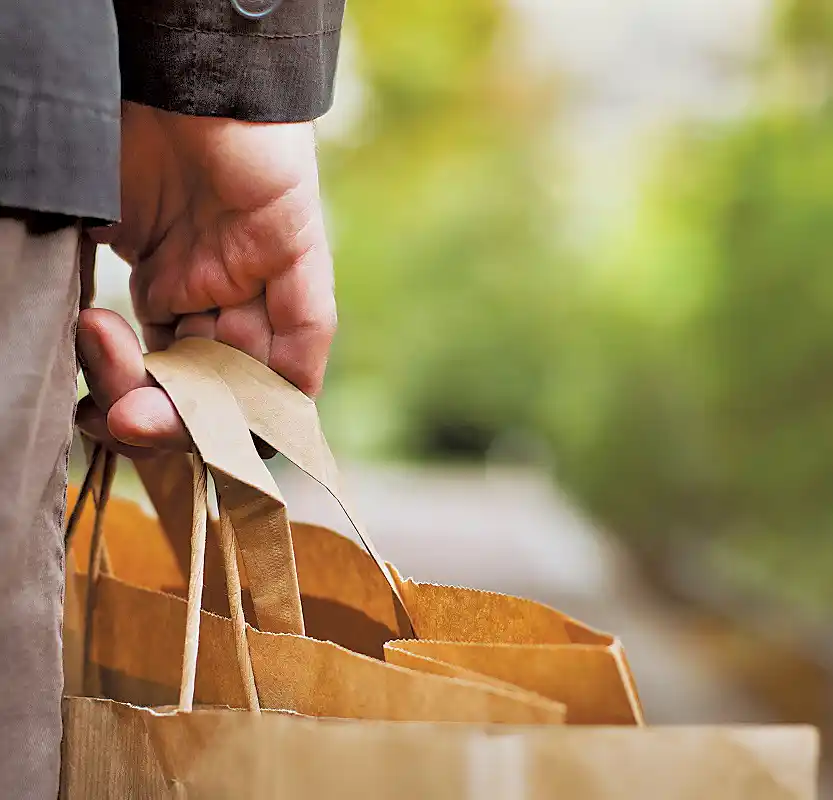
It’s easy to understand why consumers view paper as a better option than plastic.
It’s natural, widely recyclable, and capable of a high standard of performance. Of all the substrates on the market today, paper has the strongest reputation for environmental friendliness.
Other materials, like molded plant fibers, also can help drive your sustainability efforts.
Brands that want to take action will, like their customers, explore switching from plastic to other materials.
Improving Recyclability
In addition to reviewing the materials used in packaging, another 2023 trend in packaging will be improving recyclability.
Food and food packaging are two of the topmost contributors to generated waste.
In fact, packaging and containers, which includes but isn’t limited to food packaging, make up almost a quarter of the waste in our country’s landfills, according to the Environmental Protection Agency.
Unfortunately, it isn’t so easy as trying to recycle food packaging. Recycling food packaging is a challenge. It’s estimated that only 9 percent of plastic gets recycled; the rest get incinerated or put into landfills.
Some materials, such as paper, are limited in how many times they can be recycled before new, virgin material must be mixed in.
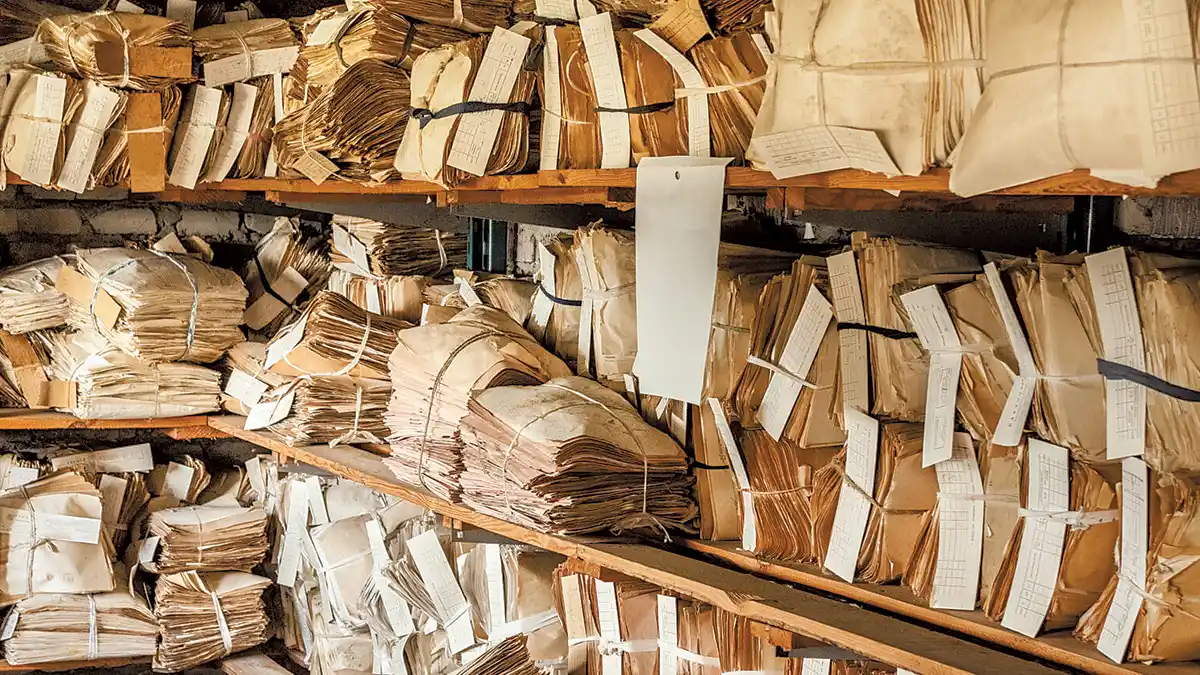
As brands look to win over sustainability minded customers, they’re going to need to make sure their packaging is easy to recycle and effective.
Expect to see brands switch up their materials usage to avoid difficult to recycle packaging in favor of packaging that recyclers can easily identify and use time and time again.
In particular, expect to see fewer plastic containers with black bases and more white bases or clear plastic containers.
Compostable Packaging: Good for Business. Good for the Earth.
As an alternative to improving the recyclability of products, many brands will instead turn their packaging into an environmental benefit.
Commercially compostable packaging is designed to break down in nutrient-rich organics. This accomplishes two important objectives.
First, it diverts food and packaging waste away from landfills. Second, it supports the environment by putting nutrients back into the soil when it’s used in gardens or on farms.
Instead of taking up space in a landfill and decomposing slowly, commercially compostable packaging supports the environment that in turn sustains us.
Pass on the PFAS
Even if you haven’t been paying attention to food packaging trends, you’ve likely heard of PFAS by now. PFAS, which stands for per- and polyfluoroalkyl substances, are a group of chemicals that are used in many products, including some food packages.
It’s been tied to a number of negative health effects and doesn’t break down in the environment. As a result, many customers want to avoid PFAS, and some states are looking to regulate their uses.
The states of Washington, California, Maine, Vermont, and New York have already enacted some level of PFAS ban. Hawaii, Connecticut, Rhode Island, Minnesota, Maryland, and Colorado have passed laws that takes effect later this year or next year.
However, the bans only prohibit the use of products with intentionally-added PFAS.
Brands will react to these bans by developing no intentionally-added PFAS products that satisfy the legal requirements and meet consumer demand at the same time.
They’ll also explore other types of additives that can accomplish similar results as PFAS without the environmental or health concerns.
How to Use This Trend In Packaging
Sustainability isn’t the most important factor in making a purchase for most consumers, but it is solidly in the mix of factors consumers weigh.
If price or quality are similar, a product’s environmental qualities may be the deciding factor between two competing products. Boosting your environmental portfolio could very well boost your bottom line, too.
If you’re not already, consider using commercially compostable packaging. These environmentally friendly solutions turn your packaging into a boon for the environment by becoming nutrient rich compost.
They can help you develop your business’s sustainability reputation and, when coupled with our custom print program, tell your sustainability story.
At Inno-Pak, we have two lines of commercially compostable solutions for you, our Planet+ and Stalk Market Compostable Products.
Outside of compostable packaging, review the materials you’re using in your packaging to reduce plastic, use more paper or natural fibers, improve recyclability, and minimize your environmental impact.
Ask your suppliers if their packaging contains added PFAS or not and then ask for proof of those claims.
Of course, once you switch to environmentally friendly packaging (or if you’re already doing so), you’ll want to make sure you’re telling your sustainability story at every turn.
Customers want to buy sustainable goods, but about 36 percent of them want more availability and better labeling for environmental packages.
At the same time, labeling helps you educate your consumers and prove your claims to an audience wary of greenwashing.
If you’d like more information on Trends In Packaging and how to use them, be sure to visit Inno-Pak’s blog.




















